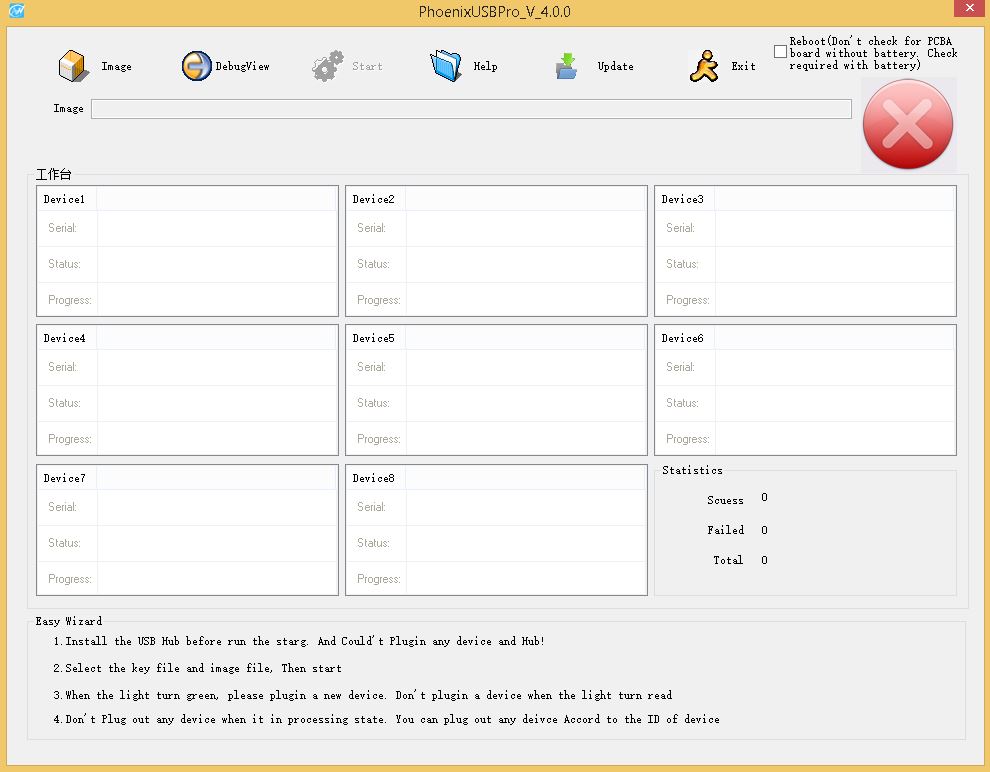
- #Phoenix usb pro how to use update
- #Phoenix usb pro how to use full
- #Phoenix usb pro how to use software
- #Phoenix usb pro how to use Pc
- #Phoenix usb pro how to use windows
Tip To avoid unnecessary file loss, you can back up all files from USB to another drive with the help of EaseUS file backup software. Therefore, if your USB drive is FAT32 now, you can convert FAT32 to NTFS to increase your USB transfer speed.

However, as for the speed of file transfer, especially for transferring big files later than 4GB, NTFS works better. Convert USB File System FAT32 to NTFSīasically, most USB flash drives are set as FAT32 due to its high compatibility. After this, you'll get a faster USB flash drive for file transfer.
#Phoenix usb pro how to use Pc
#Phoenix usb pro how to use software
Reliable disk recovery software - EaseUS Data Recovery Wizard can fully scan your USB and get all data out of the USB flash drive or USB external disk with its quick and advanced scanning modes. The best way out is to recover files out of your USB and format to fix all the bad sectors so as to speed up USB. Sometimes, your USB flash drive may slow down in reading and writing files with a certain number of soft bad sectors on your drive. Recover Data, Format to Fix Soft Bad Sectors and Speed Up USB If you think it's inconvenient, you can use a USB hub that also works to speed up your USB transfer. Sometimes, connecting USB or external drive to the rear port also helps to solve problems like " please insert a disk into removable disk", "external hard drive light blinking but not working", etc. Unplug the USB drive and reconnect it to the computer's back (rear) USB port.Īfter this, retry to transfer your files again and check out if the transferring speed goes up. Step 2.Right-click to eject the USB drive from the taskbar. Recover data first with data recovery software as shown in Method 2. If you used Cut + Paste to transfer data, you may lose data by canceling the process. Important If you transferred files via Copy + Paste and get stuck, cancel the transfer and follow to speed up USB immediately. Here are the steps to connect USB to the rear port and speed up USB file transfer: The rear ports are soldered on the motherboard of your computer, which provides a more stable power supply to your USB. To speed up your USB transfer speed immediately, you can connect your USB flash drive to one of the rear ports on your computer instead. However, the power supply of front ports may become unstable after using for a long period. Like most users, you may connect your USB to the front ports on the desktop computer to transfer files. Change USB Port, Connect Your USB to Rear Port (for Desktop Only)
#Phoenix usb pro how to use windows
You'll successfully increase the transfer speed of a USB on Windows 10/8/7 on your own. To make the file transfer speed on your USB faster, try the recommended tips as listed below one by one. How to Speed Up USB Transfer Rate in Windows 10/8/7 (6 Fixes)Īpplies to: Speed up USB transfer windows 10, fix inconsistent USB transfer speed, increase USB-C transfer speed, USB 3.0 is slow. If your USB meets one of the above conditions, be it frozen in transferring files or doesn't reach its average speed, your USB is having slow data transfer rate.

Ideally, USB 3.0 has a minimum transfer speed of 400MB per second while USB 2.0 is 35MB per second.

If USB is slower than its stipulated transfer rate: So how to judge if your USB is with a normal transferring speed or a slow one? Follow and check this out:
#Phoenix usb pro how to use full
Full stepsĬonnect USB, restart PC, press F2, enter BIOS.
#Phoenix usb pro how to use update
In Device Manager, update USB/chipset drivers.

Full stepsĮnter Device Manager, update your USB drivers. Recover data and format USB to improve speed. Unplug USB and connect it to the rear port.


 0 kommentar(er)
0 kommentar(er)
